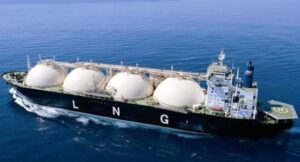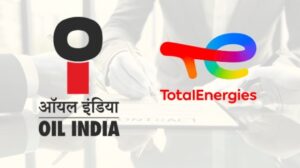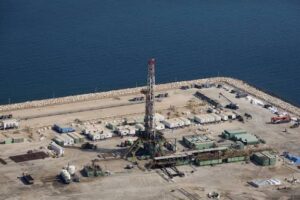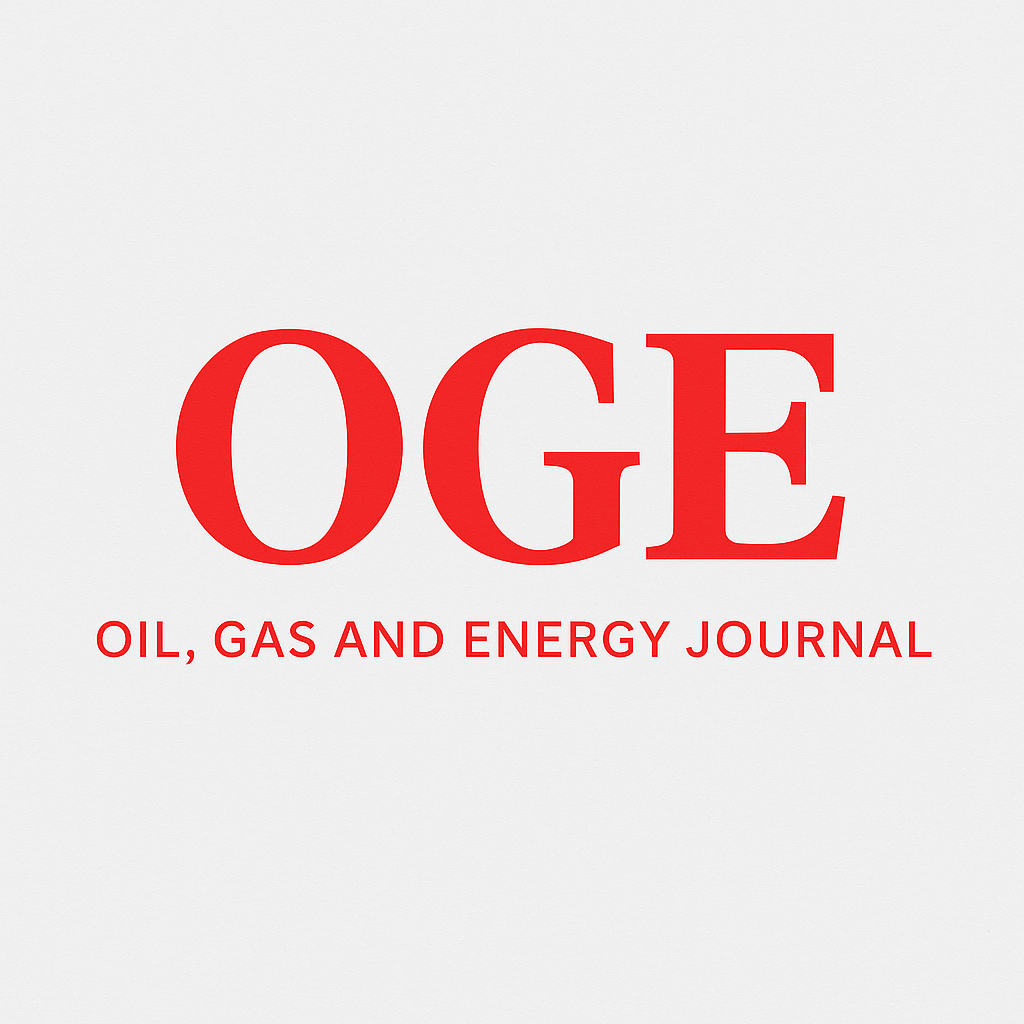The federal government is preparing to lift a long-running ban on new gas connections, but applicants will now face sharply higher costs under the revised policy.
Officials said around 120,000 new connections could be approved in the first year, with priority given to those who had already received demand notices or paid urgent fees before the moratorium took effect. Nearly 250,000 applicants in this category will have to sign affidavits agreeing not to pursue legal claims over past delays.
Under the new plan, connection fees will rise significantly to Rs 40,000–50,000 per household, compared to earlier charges of Rs 5,000–15,000. Consumers granted connections will also pay tariffs linked to imported liquefied natural gas (LNG), priced at about Rs 3,900–4,000 per mmBtu, instead of the lower blended domestic rates.
Officials argue the change will help absorb surplus LNG in the system, which has strained pipelines and left Pakistan struggling to manage contractual obligations with international suppliers. The government postponed five long-term LNG shipments last winter and is now rescheduling some for the 2026 fiscal year, in addition to about 150 routine cargoes.
Despite the new connections, gas shortages remain acute. In Punjab and Khyber Pakhtunkhwa, the Sui Northern Gas Pipelines Limited currently supplies households for only 6–9 hours a day during winter months.
Energy experts warn that the policy shift could hurt local exploration. Domestic gas fields have increasingly been forced offline to accommodate higher-cost LNG, creating financial losses for producers and raising concerns about future investment.
Officials counter that piped LNG remains 35–40% cheaper than LPG, which many low-income and rural households rely on. They say the revised policy is a step toward easing public demand while stabilising revenues for gas utilities, which recently had Rs 75 billion in backlogged claims approved by the Oil and Gas Regulatory Authority.
The move comes as Pakistan grapples with more than 3.5 million pending gas connection applications, reflecting years of unmet demand in the energy sector.









